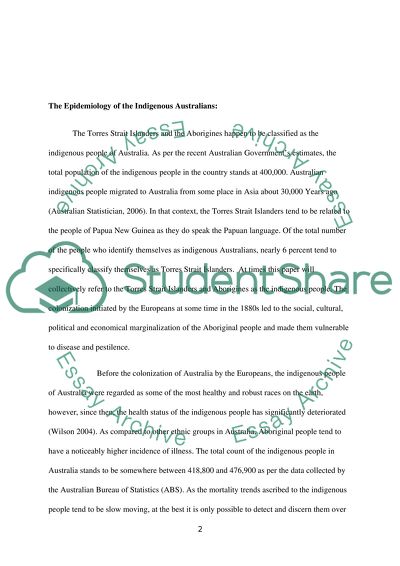Cite this document
(“Indegenous health Essay Example | Topics and Well Written Essays - 3000 words”, n.d.)
Retrieved from https://studentshare.org/health-sciences-medicine/1399551-indegenous-health
Retrieved from https://studentshare.org/health-sciences-medicine/1399551-indegenous-health
(Indegenous Health Essay Example | Topics and Well Written Essays - 3000 Words)
https://studentshare.org/health-sciences-medicine/1399551-indegenous-health.
https://studentshare.org/health-sciences-medicine/1399551-indegenous-health.
“Indegenous Health Essay Example | Topics and Well Written Essays - 3000 Words”, n.d. https://studentshare.org/health-sciences-medicine/1399551-indegenous-health.


